The pillars of Ashoka are a series of monolithic columns dispersed throughout the Indian subcontinent, erected—or at least inscribed with edicts—by the 3rd Mauryan Emperor Ashoka the Great, who reigned from c. 268 to 232 BCE.[2] Ashoka used the expression Dhaṃma thaṃbhā (Dharma stambha), i.e. “pillars of the Dharma” to describe his own pillars. These pillars constitute important monuments of the architecture of India, most of them exhibiting the characteristic Mauryan polish. Of the pillars erected by Ashoka, twenty still survive including those with inscriptions of his edicts. Only a few with animal capitals survive of which seven complete specimens are known. Two pillars were relocated by Firuz Shah Tughlaq to Delhi. Several pillars were relocated later by Mughal Empire rulers, the animal capitals being removed. Averaging between 12 and 15 m (40 and 50 ft) in height, and weighing up to 50 tons each, the pillars were dragged, sometimes hundreds of miles, to where they were erected.
The pillars of Ashoka are among the earliest known stone sculptural remains from India. Only another pillar fragment, the Pataliputra capital, is possibly from a slightly earlier date. It is thought that before the 3rd century BCE, wood rather than stone was used as the main material for Indian architectural constructions, and that stone may have been adopted following interaction with the Persians and the Greeks. A graphic representation of the Lion Capital of Ashoka from the column there was adopted as the official State Emblem of India in 1950.
All the pillars of Ashoka were built at Buddhist monasteries, many important sites from the life of the Buddha and places of pilgrimage. Some of the columns carry inscriptions addressed to the monks and nuns. Some were erected to commemorate visits by Ashoka. Major pillars are present in the Indian States of Bihar, Uttar Pradesh, Madhya Pradesh and some parts of Haryana.
Ashoka and Buddhism
Ashoka ascended to the throne in 269 BC inheriting the Mauryan empire founded by his grandfather Chandragupta Maurya. Ashoka was reputedly a tyrant at the outset of his reign. Eight years after his accession he campaigned in Kalinga where in his own words, “a hundred and fifty thousand people were deported, a hundred thousand were killed and as many as that perished…” As he explains in his edicts, after this event Ashoka converted to Buddhism in remorse for the loss of life. Buddhism became a state religion and with Ashoka’s support it spread rapidly. The inscriptions on the pillars set out edicts about morality based on Buddhist tenets. They were added in 3rd century BCE.
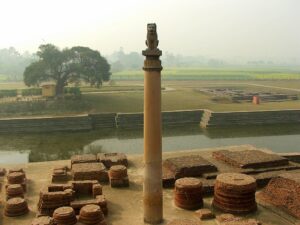
One of the Pillars of Ashoka, in Vaishali

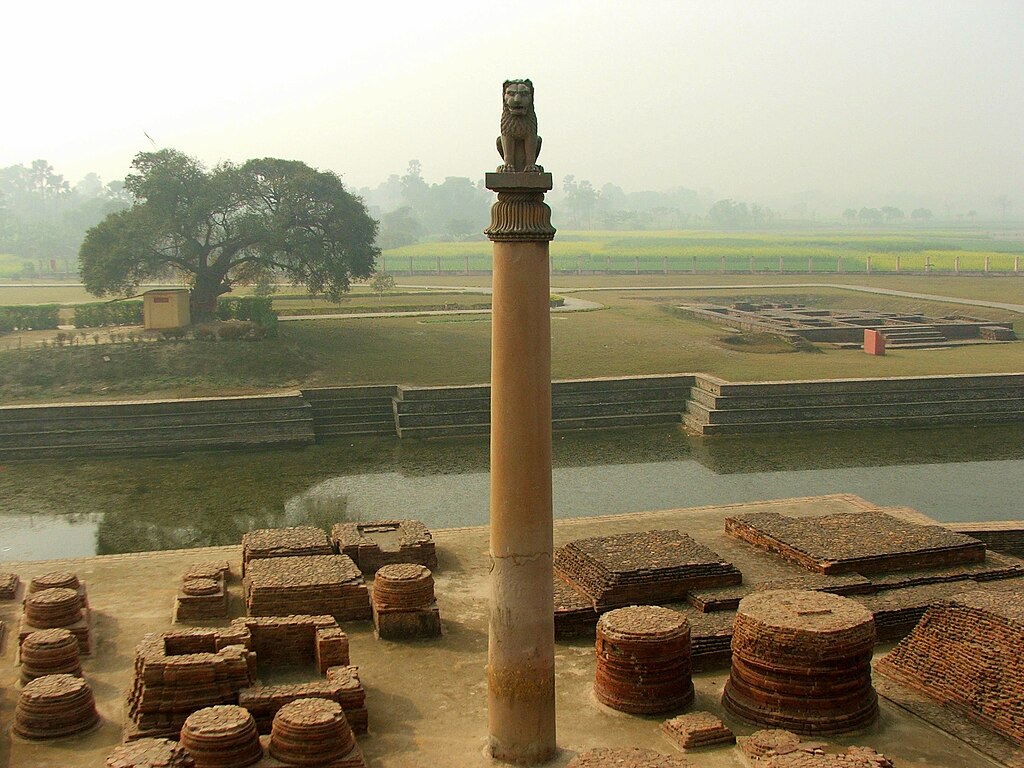
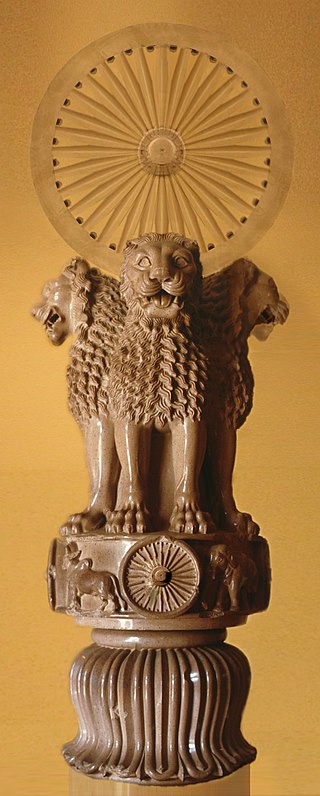
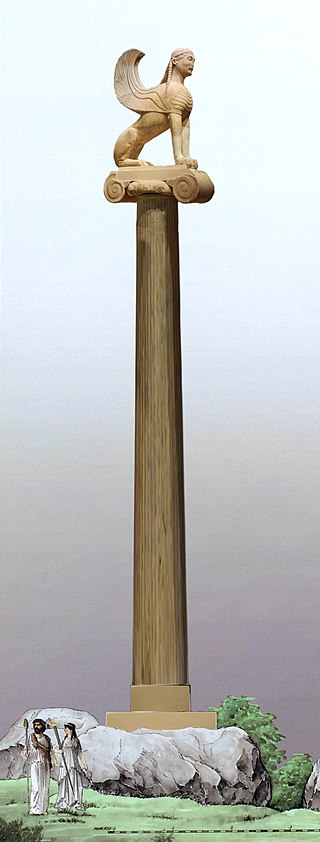
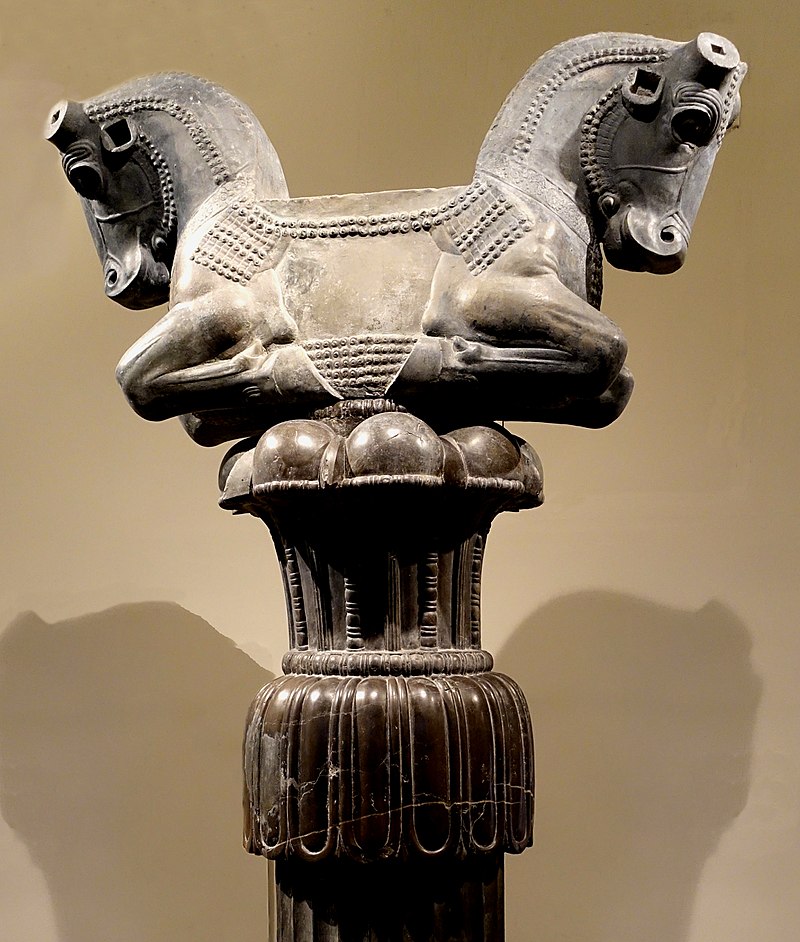








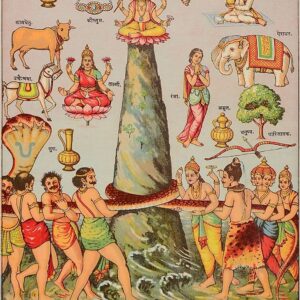


Reviews
There are no reviews yet